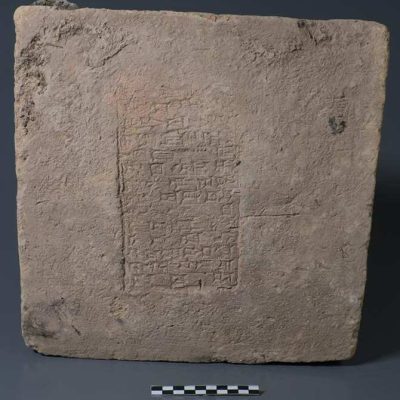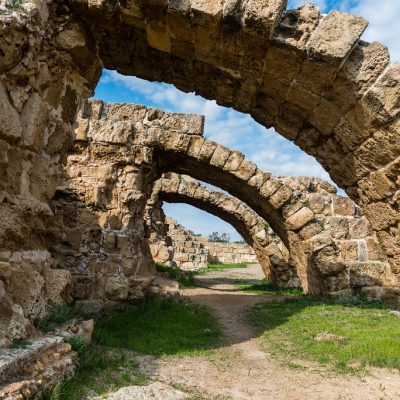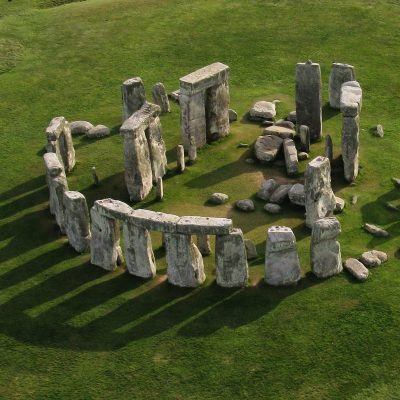Archaeologists have made a groundbreaking discovery in the ancient city of Teotihuacán, Mexico. Using geoelectric scans, they have uncovered a tunnel system beneath the Moon Pyramid, one of the city’s most significant structures. The researchers hope to find artifacts within the tunnels that will shed light on their purpose and the people who built them.
Teotihuacán, which means “Where one becomes a god,” is estimated to have been built around 100 AD, although exact records are scarce. The city was already abandoned when the Aztecs arrived in the area, and they saw it as a mystical place, giving it the name Teotihuacán. Today, the city is a UNESCO World Heritage site and is home to numerous pyramids, including the Sun Pyramid, which stands at 65 meters tall and has a base of 220 by 220 meters.
Archaeologists believe that Teotihuacán was the cultural center of Central America until it was abandoned and left to ruin between the 7th and 8th centuries AD. In the past, archaeologists have discovered tunnel systems beneath other pyramids in the city, and they are now confident that they have found another beneath the Moon Pyramid. The researchers believe that the tunnel was a symbolic entrance to the underworld, a common belief in pre-Columbian cultures.
According to archaeologist Verónica Ortega and her colleagues at the National Institute of Anthropology and History, the geoelectric scan shows that the tunnel runs from the center of the Moon Plaza to beneath the pyramid, around 10 meters below the surface. Further investigations will reveal more details about the tunnel’s size, layout, and any side passages. The researchers hope that the artifacts they find within the tunnel will provide insight into the city’s original builders and the true purpose of the tunnel. This discovery is a significant step forward in our understanding of Teotihuacán and the people who lived there.










